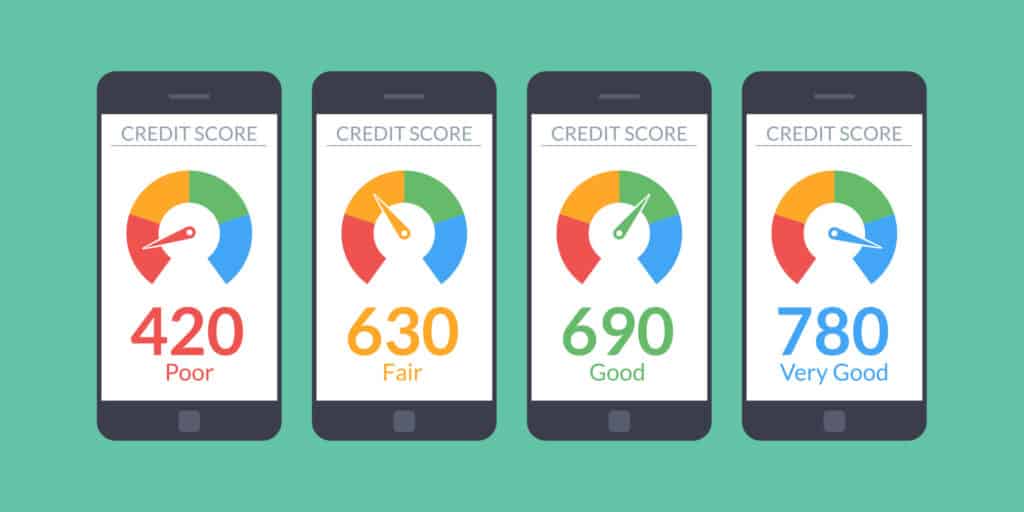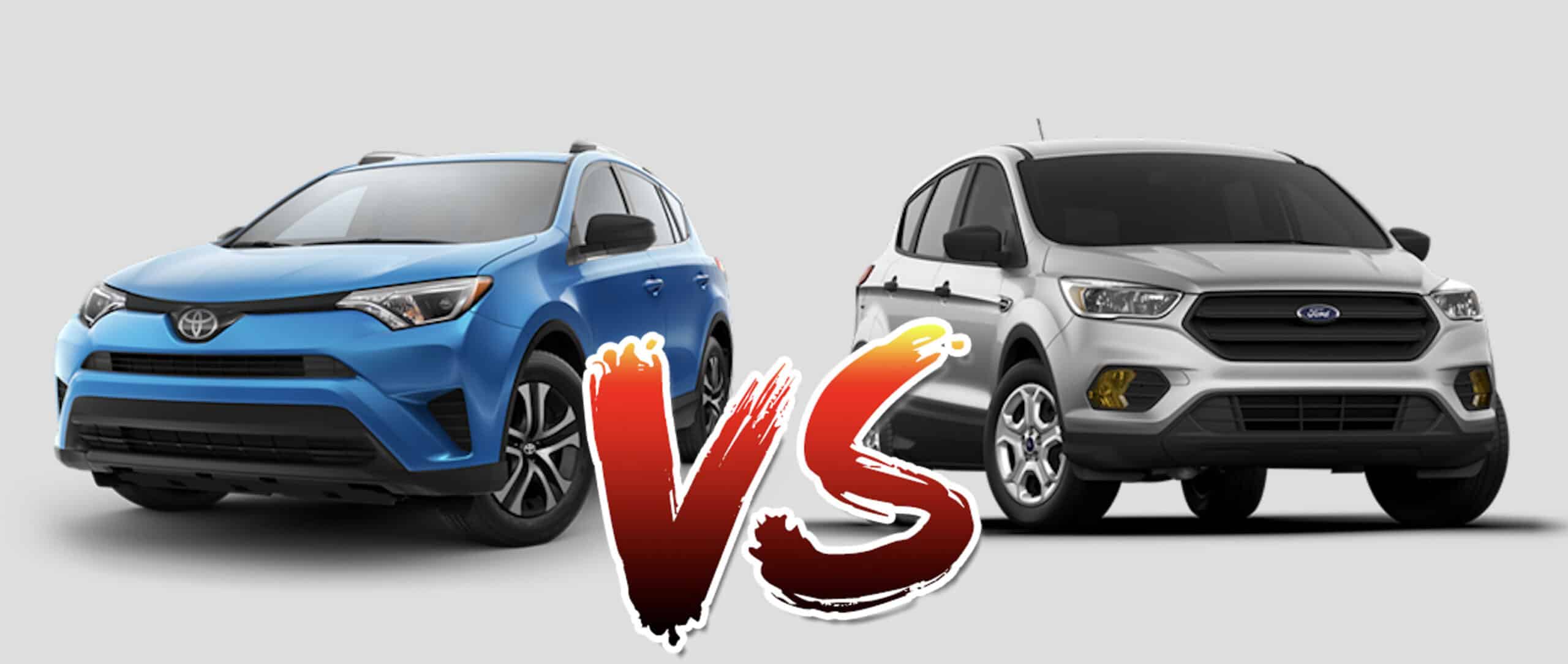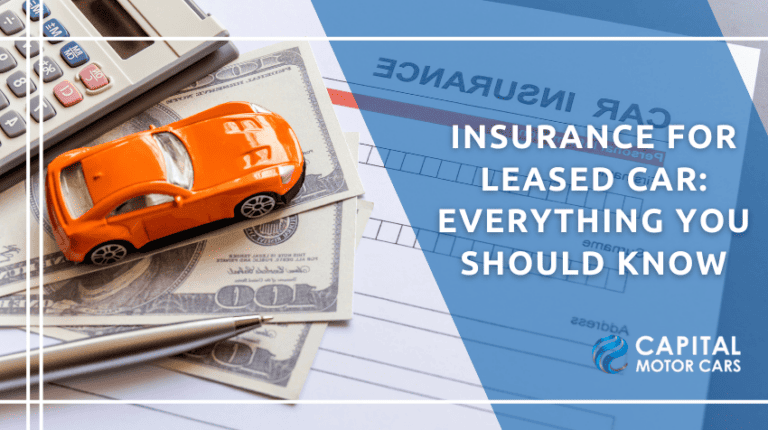Jump To Section
Let’s face it: no one likes paying for car insurance. Between different premiums, deductibles and a never-ending list of auto insurance companies, it’s hard to tell if you’re doing everything you can to get the coverage you need at a price you can afford. Maintaining car insurance is required by law in order to own a vehicle, but the good news is you do have a say in how much you pay for coverage. At the end of the day, car insurance is in place to protect you from a hefty financial loss in the event of an at-fault accident or any other curveballs life throws at your vehicle.
Actually, it could very well be a physical curveball gone awry that cracks a windshield, so make sure you park a good distance away from that Little League field.
Car Insurance Hack #1: Check.
Anyway, it’s important to realize that car insurance rates are continually changing. You may think you have a good car insurance rate, but it’s very important to check premium rates every six months to ensure you’re not missing out on any savings you might be eligible for.
8 Reasons to Shop for Car Insurance Every Six Months
Premium rates can alternate month to month, or even day to day based on your driving habits and surroundings.
For example, if you live in a state like Florida your premium rates will most likely be higher if you’re shopping for coverage between August and September, due to it being peak hurricane season.
Therefore, more property is at risk for damage within that short period of time. A predicted increase in claims means insurance companies must bump their rates up to cover those payouts.
Companies like Allstate and Progressive use their claims payout data from past years to forecast risks for the upcoming year. In addition, an increase or decrease in risk due could also be determined by criminal activity or weather predictions which may cause certain providers to adjust their costs accordingly.
1. States change insurance laws and requirements
Legal requirements for liability, personal injury protection, and other coverage options are all set by your state’s insurance department. New Jersey drivers are required to maintain certain minimum liability insurance requirements in order to register a vehicle in the state. Liability coverage will protect you from substantial financial loss in the event of an at-fault accident that causes damage or harm to the other driver. In this situation, your auto insurance will cover a certain amount of the total damage cost, depending on how high your insurance limits are.
| Minimum New Jersey Car Insurance Requirements | |
| Basic Policy | |
| Property Damage Liability | $5,000 Limit |
| Personal Injury Protection | $15,000 Limit |
| Standard Policy | |
| Bodily Injury Liability | $15,000/$30,000 Limit |
| Property Damage Liability | $5,000 Limit |
| Uninsured/Under-insured Bodily Injury | $15,000/$30,000 Limit |
| Personal Injury Protection | $15,000 Limit |
No matter which state you call home, requirements for insurance can change with new legislation, meaning, you may need more or less coverage in order to comply with the law.
2. Changes in your credit history
It is legal in most states for companies to use your credit score to determine your premium rates. California, Hawaii, and Massachusetts are the only states that do not take your credit score into account.
A study engineered by the Bureau of Business Research at UT’s McCombs School of Business, showed that there is a correlation between your credit and how likely you are to file a claim or be at-fault in a car accident.
Insurance companies will use research like this to mark drivers with poor credit scores as financially irresponsible, and thus a higher risk to insure. That’s why it’s so important to maintain a healthy credit score when shopping for your next vehicle since a good credit score will save you on both the lease payment and your insurance costs.
It is estimated that a driver with poor credit will pay an average of $214 more a year.
3. Tickets, Traffic Violations, and Accidents Could Fall Off Your Record
There’s no way around it: your driving record has the biggest impact on your insurance cost. If you have a spotless driving record, congratulations – you’ll have a great insurance rate. However, we’re all human, and most of us have been in our fair share of fender benders.
Have a heavy foot that has yielded a few speeding tickets? Not good. Multiple speeding tickets can cause red flags at the insurance company that will almost certainly result in a hike in insurance cost.
The good news is, these accidents and traffic violations will not affect your premium rates forever. Auto insurance providers cannot legally factor in violations or accidents after a certain time span. The average time a violation will typically affect your insurance rates can range anywhere from 3-5 years. Maintain a spotless driving record during that time and your insurance company will forgive those accidents and lower your rates.
4. Changes in lifestyle
Certain lifestyle changes could also save you money on your insurance rate.
New Year, New…..Car Insurance Rate?
The older you get, the more experienced of a driver you are. It’s science. Your reward? You’ll pay less for car insurance! Older drivers are less at-risk to cause an accident or drive aggressively, thus giving the insurance company some much-needed peace-of-mind. Younger drivers? Not so much. That’s why it’s important for younger drivers to shop around for car insurance quite often because premiums drop once you reach age 20 and continually drop every year until age 60.
Adding a Teen Driver:
Adding a new driver to your policy is always a good time to shop around for a new policy. If you’re adding a teenager to your policy (see above), look out for a rate increase that may or may not cause you to break out into a nervous sweat. Make sure you shop around to make sure you’re getting the best deal possible since different insurance companies calculate risk differently. It’s not all bad news though, there is a chance for your rate to decrease, due to a multi-driver discount that most insurance companies offer.
New Home Address:
Your home address brings a lot of risk factors that can affect the cost of your insurance. Insurance providers consider crime and traffic stats for your area and take into account how that could impact your risk as an insurance holder. An area with high crime and traffic collisions are deemed riskier and therefore, come with higher insurance premiums. Also, If you just bought your first home, companies often give a generous discount to those homeowners that bundle home and auto insurance, so make sure to inquire about those potential savings you could be missing out on.
Tying the Knot:
A study conducted by The National Institute of Health found that drivers who have never been married were twice as likely to be in an accident than married drivers. You may be able to unlock some serious savings if you merge into one policy with your spouse or domestic partner.
5. You’ve maintained coverage for the past six months to a year
Generally speaking, car insurance is most expensive for the first time buyers or drivers who may have had a lapse in coverage for an extended period of time.
Drivers without a history of previous coverage are considered by providers to be high-risk, and for good reason. Insurance providers have no record of the number of claims these drivers have or their payment history, so they must prepare for the worst.
Once you have had active coverage for six months or longer, your risk association drops and you become eligible for continuous coverage and loyalty discounts.
6. Depreciation driving down your car’s value
Depreciation is the loss in value of a new car the second it’s driven off the lot, whether new or used.
Reassessing your policy every 6 months will refresh your discounts and coverage options; like collision and comprehensive coverage, that will match your car’s decreasing value. Simply put, it may not be worth having full coverage on a car that just doesn’t hold much value anymore. In the event of an accident, it will make sense to either pay for the repairs out of pocket or to just get a new car completely. If you opt for just liability coverage, you’ll see your premium drop, since the insurance company isn’t on the hook for any damages to your car.
All-in-all, You shouldn’t be paying the same rate every year for a car that had less value than when you originally insured it. Research has proven that 5-year-old car models spend 20% less on insurance than more current models.
7. Your neighborhood’s weather, population, and crime levels
Unfortunately, external factors outside of your control can impact the cost of your insurance.
You may have a clean driving record and great credit history, but once again, if you live in a highly populated area with severe weather or high levels of theft, you will be paying more for protection.
If you buy through an insurance carrier that insures a large portion of your community, you are going to have even more expensive rates. The company is taking on more risk by serving that area and thus will need to hike up the rates to ensure they can cover claim payouts.
8. “New” customers
In order to get you in the door with a specific insurance company, they will offer cheaper rates or “new” customer rates.
“New” customer doesn’t mean you’ve never had insurance before, it simply means that you are new to a different provider. Requesting quotes from different companies every six months makes you an appealing customer, therefore opening up avenues for lower rates.
So, How Do I Save the Most on my Premium?
It is both smart and prudent to have adequate coverage for your vehicle, but it shouldn’t break the bank. Premiums can vary by hundreds of dollars depending on many different factors, but there are various ways to cut down the costs.
1. Keep a Clean Driving Record
It should go without saying that the more violations or accidents you have, the higher you will pay for coverage. Keep a spotless driving record and watch your rates drop.
2. Take a Defensive Driving Course
Most companies will provide a discount for drivers who complete an approved defensive driving course. If you have points on your record, taking this course may also help reduce this number. The amount of the discount can vary, but in most cases, you can expect to save around 10% off your premium.
3. Know Your Discounts
Deductions off your auto insurance can come in the form of various discounts. The list below represents some of the more common discounts you’ll see applied to your auto policy.
| Bundled | Early Renewal |
| Muti-Car | Loyalty |
| Good Student | Home-Owner |
| Low Income | Senior Discount |
| Affinity | Roadside Assistance |
| Military | Accident Free |
| Safe Driver | Low Mileage |
| Defensive Driver | Driver Training |
| Anti-lock Brakes | Anti-Theft |
| Green/Hybrid Car | Safety/Restraint |
| New Car | Auto Pay |
| Paid in Full | Paperless |
4. Consider Raising Your Deductibles
When deciding upon your vehicles insurance, typically you choose a deductible or the amount of money you would have to pay before insurance picks up the tab in the event of an accident. Deductibles range from $250-$1,000 depending on the policy. The catch is, the lower the deductible, the higher the annual premium.
5. Improve Your Credit Rating
As mentioned earlier, your credit score plays a huge factor in determining insurance rates. In most cases, the higher your credit score, the less you’ll pay with insurance. Leasing a car can also improve your credit score in a short amount of time since it diversifies your loan type.
6. Install Anti-Theft Devices on Your Car
You have the potential to lower your annual premium if you install anti-theft devices. Each policy should be able to tell you exactly what devices to install to cut back on your cost. Car alarms and LoJacks are two types of devices you might want to inquire about. Although most cars today come equipped with these devices, you should consider installing these devices on older cars to save money in the long run through insurance savings.
7. Choose That New Car Carefully
The biggest savings can come through the type of car you choose to drive. Every factor of a car like its size, make and model, MSRP and more can have a huge impact on your insurance rates. Before you decide on a new vehicle, make sure you know how much it will cost to insure, since new leased vehicles require high levels of coverage. Auto brokers will help you run insurance costs on the vehicles you are considering before you make a decision so that you have a full picture of what the costs will look like.
Can Differnt Car Brands Impact Insurance Rates?
Another determining factor which affects your monthly insurance rates is the make and model of your vehicle.
For example, let’s take a look at two popular crossovers. The 2019 Toyota Rav4 and the 2019 Ford Escape are both very similar cars, but each has substantial differences when it comes to insurance.
The average monthly lease for a new Toyota Rav4 is around $276 a month. If you are a female between the ages of 25-34 and you have a good driving record, you are looking at about $86 a month for insurance coverage in the state of New Jersey. Adding the two costs together, your vehicle cost and insurance coverage is $362 a month.
With a poor driving record, your monthly insurance more than doubles. You are now paying $175 a month, turning your monthly total to $451 per month.
Now, we took a similar crossover, the Ford Escape, and ran the same variables. An estimated $280 a month lease on an Escape combined with a monthly insurance rate with a clean driving record of $69, totals for $349. With a poor driving record, insurance would be $145 which brings that total to $425. In both of these scenarios the Ford is $4 more per month on the lease, however the insurance is substantially lower, making it more affordable in the long run.
| 25-34 Year Old Female in New Jersey | ||||||
| Type: | Crossovers | Premium Sedans | ||||
| Car: | Honda CR-V | Toyota Rav4 | Ford Escape | Nissan Maxima | Infiniti Q50 | BMW 320xi |
|---|---|---|---|---|---|---|
| MSRP: | $26,525 | $27,588 | $24,845 | $34,405 | $41,855 | $39,390 |
| Avg. Monthly Lease | $276 | $276 | $280 | $322 | $358 | $326 |
| AVERAGE INSURANCE RATES | ||||||
| Good Record | $85 | $86 | $69 | $119 | $130 | $97 |
| Poor Record | $164 | $175 | $145 | $270 | $263 | $212 |
| Comparison is done on $0 down lease deals on sedans, crossovers and SUV’s in the same monthly price range. Due at signing may differ based on taxes and fees. | ||||||
| 25-34 Year Old Male in New Jersey | ||||||
| Type: | Crossovers | Premium Sedans | ||||
| Car: | Honda CR-V | Toyota Rav4 | Ford Escape | Nissan Maxima | Infiniti Q50 | BMW 320xi |
|---|---|---|---|---|---|---|
| MSRP: | $26,525 | $27,588 | $24,845 | $34,405 | $41,855 | $39,390 |
| Avg. Monthly Lease | $276 | $276 | $280 | $322 | $358 | $326 |
| AVERAGE INSURANCE RATES | ||||||
| Good Record | $90 | $89 | $87 | $133 | $130 | $108 |
| Poor Record | $180 | $181 | $177 | $290 | $285 | $229 |
| Comparison is done on $0 down lease deals on sedans, crossovers and SUV’s in the same monthly price range. Due at signing may differ based on taxes and fees. | ||||||
Conclusion
Auto insurance should not be eating away at your wallet. There are many factors that decide your insurance rates, such as age, state, credit, driving history, and so much more.
Be on the lookout for discounts and lifestyle changes that you are eligible for, and to keep up with those saving offers, remember to reassess your policy every six months. Also, keep in mind choosing certain cars can hike up the cost of your insurance policy, so shop wisely by asking one of our leasing agents which vehicles they recommend to better manage your vehicle expenses.













